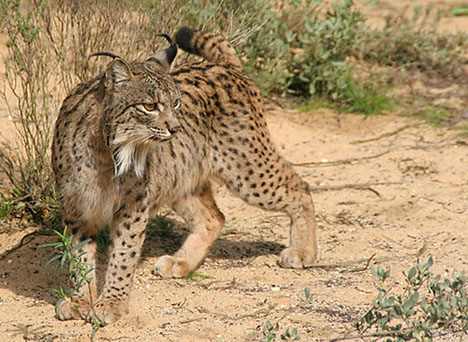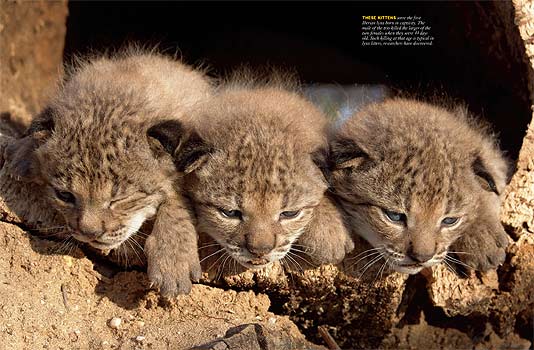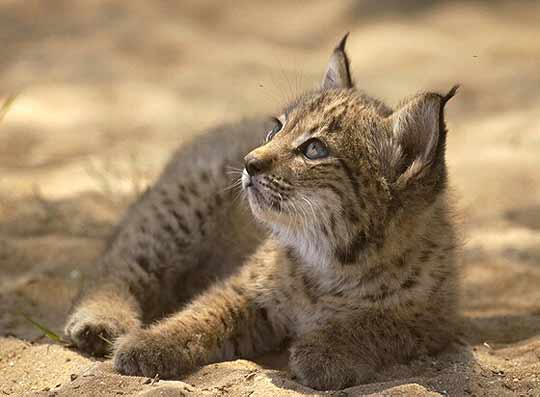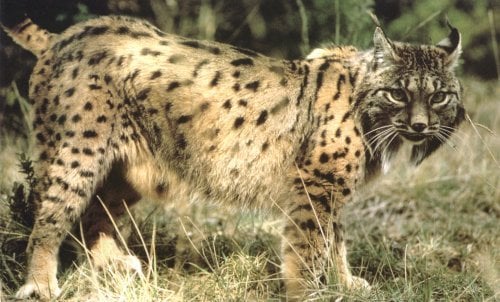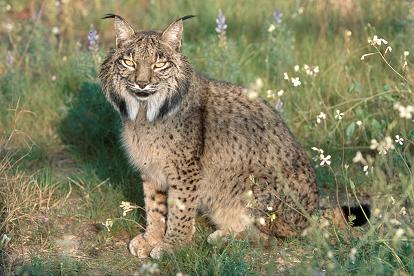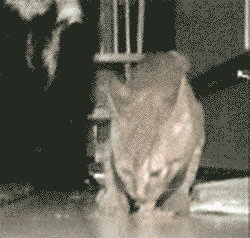Iberian Lynx:maybe the Next Wild Cat Extinction
The Iberian Lynx is the world’s most endangered feline – much more so than even the severely endangered tigers. Only about 150-225 of the animals are left in the wild. Scientists and other experts believe the species could be the next wild cat extinction.
In fact, SOS Lynx, a conservation group, predicts that the Iberian Lynx may be the first feline extinction in 10,000 years.
Iberian Lynx cats live on the Iberian Peninsula in Spain and Portugal. At current populations levels, it could be nearly impossible to secure the wild cats’ survival.
Sadly, the Iberian Lynx’s endangered species status is largely due to human activities: loss of habitat, hunting and predator control, road kills and reduction in their prey have all contributed to a drastic decline in population over the past few decades.
Over 95% of the Iberian Lynxes have been killed off in just 50 years. Populations hover between 150-220 cats, down from over 4,000 Iberian Lynx animals in 1960.
Today, the habitat of the Iberian lynx is protected and the hunting of the wild cats is prohibited. But could it be too little, too late?
Conservation efforts are underway to help save the Iberian Lynx.
Since 2005, several female Iberian Lynxes have given birth to kittens through captive breeding programs. In addition, conservationists are working to monitor site conditions in the areas in which Iberian Lynxes are found, including Doñana National Park.
Eventually, the hope is to begin re-introductions this year and next, in areas of Spain that the wild cats once called home.
